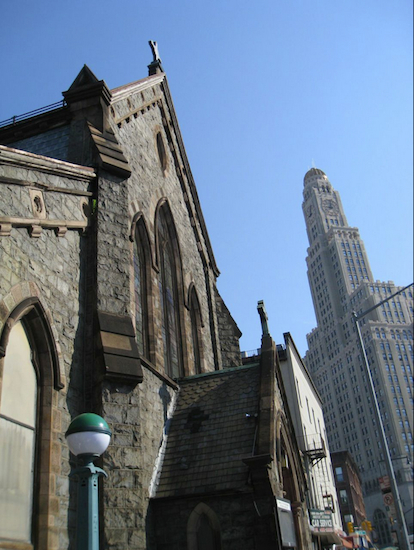Faith In Brooklyn for Jan. 5

The historic Church of the Redeemer in Boerum Hill. Eagle Photo © 2012 by Francesca Norsen Tate
Sale of Redeemer Church Provides Grant Money to Ministries around World
Brooklyn Parish Receives Large Amount to Feed the Hungry
The Episcopal Diocese of Long Island is distributing more than $2 million in grants from the sale of the former Church of the Redeemer property.

Brooklyn Boro
View MoreNew York City’s most populous borough, Brooklyn, is home to nearly 2.6 million residents. If Brooklyn were an independent city it would be the fourth largest city in the United States. While Brooklyn has become the epitome of ‘cool and hip’ in recent years, for those that were born here, raised families here and improved communities over the years, Brooklyn has never been ‘uncool’.